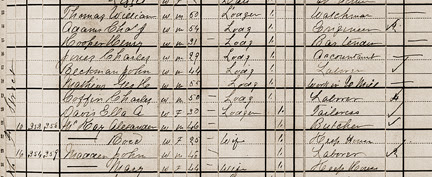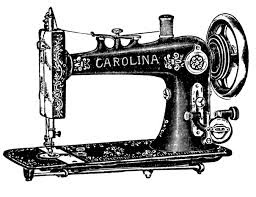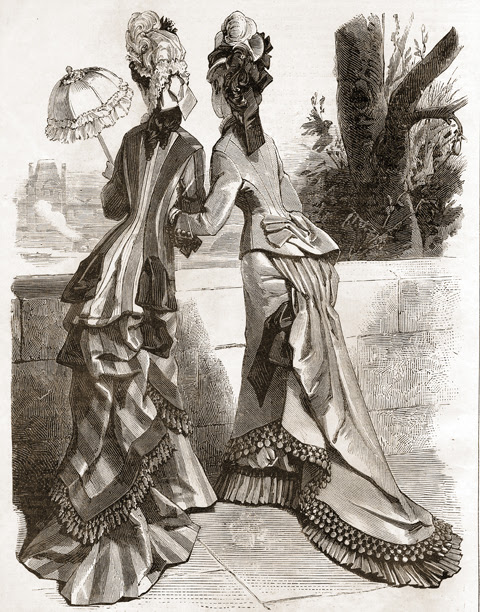Did you know that Labor Day got its start in 1894? It was a “workingman’s holiday,” back when a typical job meant 12-hour days, 7 days a week. Ugh. Just think of that.
But jobs or occupations can make a great entry point for a memoir!
So, what did your ancestors do for a living? Many times, you’ll know the answer to that right off the top; it’s the kind of detail that’s often handed down in the family. But if you don’t know, census data can often help fill in that important blank.

In this fascinating example above from the 1880 Census in Virginia City, for example, we see an accountant, a butcher, a bartender, a watchman, a mill worker, and even a “tailoress”!
Women’s occupational opportunities were often pretty limited a century ago, but might include teaching, sewing, milliner (hat-maker), and occasionally medicine. And many women, of course, were considered to have no formal profession. Instead, they were said to be simply “keeping house.”
But what did that mean? Chances are, they weren’t languishing in the parlor doing needlepoint all day. There was laundry and house-keeping; cooking and baking; tending gardens and mending clothes; and of course all the hard work of raising children. Some women also brought in extra money for the household by raising chickens and selling eggs, or taking in laundry.
My own great-grandmother a talented seamstress. That meant following the latest fashions and sewing beautiful clothes – often without a pattern.


My grandfather was a carpenter in the early 1900s. His skills were put to use not just building houses; he also hammered together wooden crates for a tomato-packing shed in early Florida.

So, how about the folks you’re writing about in your memoir? A little bit of research can give you a fresh perspective on what their daily lives were like!
Here’s a fun memoir exercise, just for Labor Day:
* Do a bit of research about your ancestor’s occupation. A simple Google search like “what was a farmer’s life like in the 1800s” can pull up a wealth of information. (Did you know that winter was often just as busy a time for farmers as the summer growing season? Or that many farmers also did work for friends and relatives?)
* See if you can locate family photos, old magazine illustrations, or other images that help show that profession. What tools might your family member have used, like the old-fashioned sewing machine or carpenter’s plane, above?
* Imagine what the “fruits of their labor” meant, in terms of the time your ancestors spent. How long would it have taken to sew a new dress? How many months did it take to build a house? What hours would an average work-day have spanned for a dairy farmer?
These real-life work details can be so fascinating, I really hope you’ll share what you find out!
And if you’d like to learn a little more about the origins of this great holiday honoring workers, here’s a bit of history just about Labor Day: ![]() https://tinyurl.com/
https://tinyurl.com/

